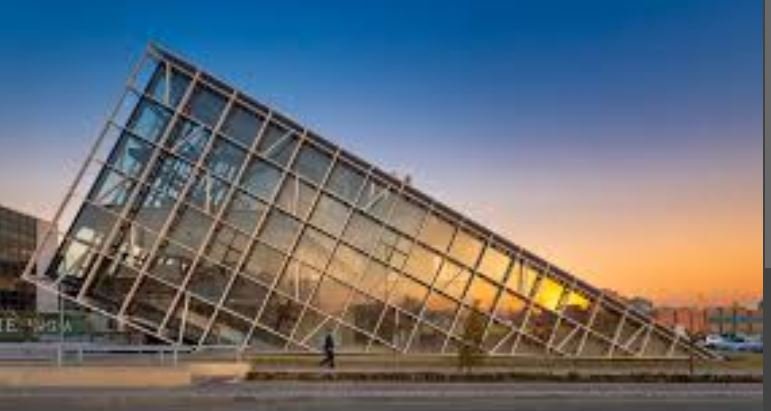Bioclimatic Architecture: Designing for Climate and Comfort
Bioclimatic architecture integrates climate conditions into building design to enhance comfort, energy efficiency, and sustainability. By leveraging natural elements and passive design strategies, it minimizes environmental impact while optimizing indoor conditions.

Principles of Bioclimatic Architecture
Passive Solar Design
Passive solar design maximizes solar energy for heating in winter and minimizes heat gain in summer through building orientation, shading devices, and thermal mass. This approach reduces reliance on mechanical heating and cooling systems, thereby lowering energy consumption.
Natural Ventilation
Natural ventilation utilizes airflow patterns, building orientation, and design features like windows and vents to enhance indoor air quality and comfort. It reduces the need for artificial cooling and improves thermal comfort in buildings.
Thermal Mass
Thermal mass refers to materials that absorb and store heat, stabilizing indoor temperatures by moderating fluctuations. Materials such as concrete, stone, and adobe are used strategically in bioclimatic architecture to regulate indoor climates effectively.
Benefits of Bioclimatic Architecture
Energy Efficiency
By harnessing natural resources such as sunlight and wind, bioclimatic architecture reduces energy demand for heating, cooling, and lighting. This not only lowers operational costs but also minimizes carbon footprint, contributing to environmental sustainability.
Enhanced Comfort
Bioclimatic buildings provide superior thermal and visual comfort, promoting occupant well-being and productivity. Natural daylighting, optimal temperature control, and improved indoor air quality create pleasant living and working environments.
Sustainability
The sustainable practices inherent in bioclimatic architecture align with global efforts to mitigate climate change. By conserving resources, reducing greenhouse gas emissions, and fostering resilience to climate impacts, these buildings contribute to a greener future.
Examples of Bioclimatic Architecture
- Earthships (Taos, New Mexico): Sustainable homes constructed from natural and recycled materials, featuring passive solar heating, rainwater harvesting, and wastewater treatment systems.
- BedZED (London, UK): A carbon-neutral residential development designed with solar panels, natural ventilation, and green roofs to minimize energy consumption and promote sustainable living.
Challenges and Considerations
Implementing bioclimatic architecture requires careful site analysis, climate assessment, and adaptation of design strategies to local conditions. Challenges such as initial costs, technological limitations, and regulatory constraints need to be addressed for widespread adoption.
Innovations in Bioclimatic Architecture
Advancements in building materials, renewable energy technologies, and digital tools are driving innovations in bioclimatic buildings . Smart sensors, energy-efficient appliances, and adaptive building systems enhance performance and user experience.
Integration with Modern Architecture
Bioclimatic principles can be integrated into contemporary architectural styles and urban planning practices. By blending functionality with aesthetic appeal, architects create sustainable buildings that resonate with current design trends and societal values.
Future Trends in Bioclimatic Architecture
The future of bioclimatic designs lies in adaptive design solutions that respond dynamically to climate change impacts. Concepts like net-zero energy buildings, biomimicry-inspired designs, and resilient urban developments will shape the next generation of sustainable cities.
Conclusion: Designing for Climate and Comfort
Bioclimatic buildings exemplifies a holistic approach to building design, balancing environmental responsibility with human well-being. By prioritizing climate-responsive strategies and embracing innovation, architects can create buildings that are not only efficient but also enrich the quality of life for occupants.



